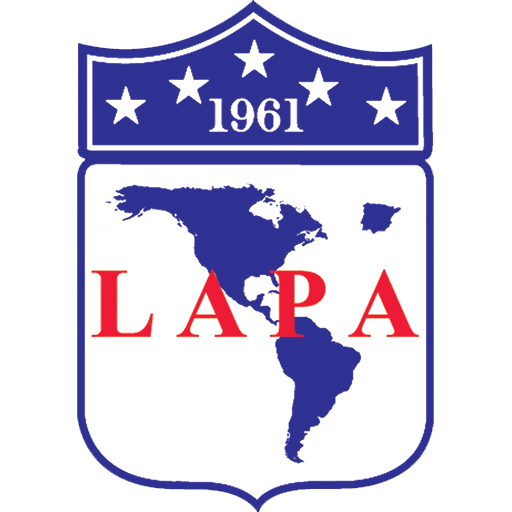
June 24, 1997 | by Evan Osnos, Tribune Staff Writer
If members of a police department are often referred to as their city’s finest, the large numbers showing up at the United Center Monday could be called Chicago’s most hopeful.
Older, better-educated, and more diverse than those in the past, 5,000 of the latest generation of wanna-be Chicago police officers auditioned for a job by taking a written exam, according to officials from the mayor’s office.
The test will also be administered to a similar-size crowd of other applicants Tuesday.
Changes have been made since Police Department exams were last conducted in November 1993, including new education and age requirements– candidates now must have at least two years of college credit and be 23 years old at the time they are hired.
About 30 percent of the 10,301 Chicagoans applying to take the test are females. The ethnic breakdown is about 39 percent white, 39 percent African-American, 17 percent Hispanic, 3 percent Asian, and the remainder Native Americans or other ethnic groups, officials said.
Police department officials attributed the increased diversity to what they describe as a concerted effort to recruit minority candidates through “ambassador” programs directed towards minority communities and institutions.
But for some, it’s too early to start patting the police department on the back over that effort until hiring lists start going up.
“It is not whether these individuals take the exam or not,” said Ald. Robert Shaw (9th). “It’s the final result that counts.”
Officer Pat Hill, president of the African-American Police League, said she only hopes the current batch of minority applicants fare better than years past when it comes to hiring and, later on, promotions.
“The hiring should reflect the applicant pool,” Hill said, adding that, as of now, minority representation in the police department does not match the racial makeup for the city.
Hill said African-Americans now constitute about 23 percent of the police department, while it has been reported that the city’s population is about 39 percent African-American. The latter is the same percentage as this year’s applicant pool.
Leaders of other police groups were more positive about the city’s recent minority recruitment efforts.
“On the one hand we are pushing for diversity and on the other end we are pushing for, shall we say, raising the standards,” said Salvador Martinez, president of the Latin American Police Association. “I think we are meeting both goals.”
Some of those in line said they believed the department might have practiced discriminatory hiring policies in the past but were encouraged by the latest efforts for change.
One of them, Robert Smith, 26, said he is cautiously optimistic in light of the applicant pool’s increased diversity.
“Only time will tell if they are sincere,” said Smith, who is black. “(The police force) should reflect the community and as it stands right now it doesn’t.”


Recent Comments